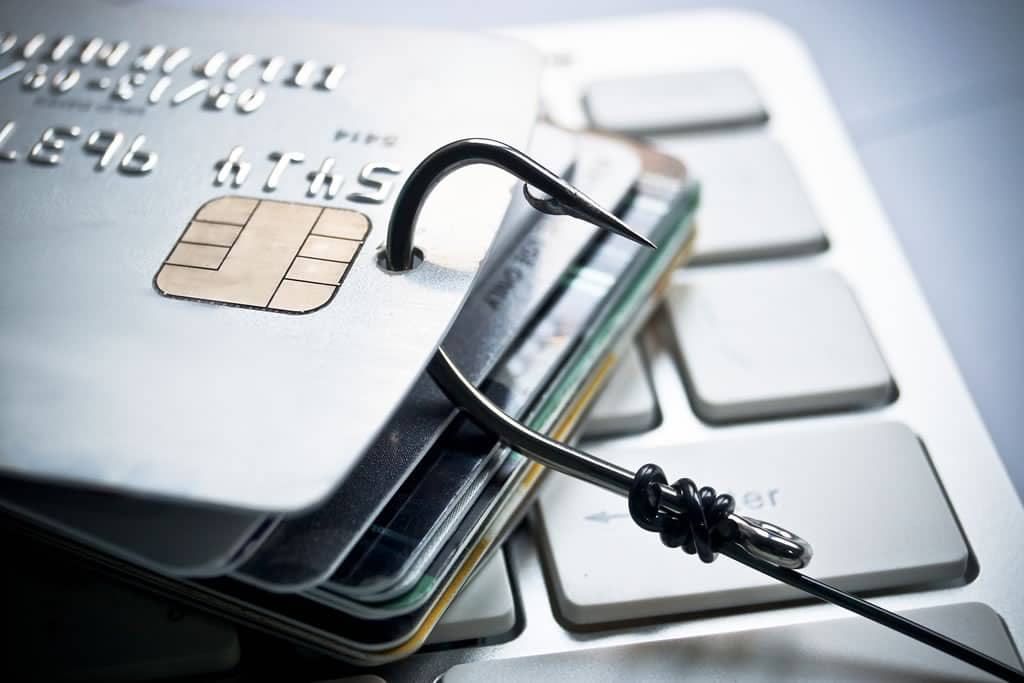New Class Action Credit Card Identity Theft
SWIPE! People use credit cards so often that it is sometimes forgotten how much sensitive data is contained on that small piece of plastic you carry around with you everywhere. What is even more desensitized to the American public is how much of that information is given (and subsequently stored!) to merchants around the globe when you use that plastic. Be careful of who you give your credit card to, and more importantly, be aware of what you do with the receipt! At times, merchants will disregard the Fair and Accurate Credit Transaction Act (FACTA) and make it easy for identity thieves to piece together your account information and steal your identity! Merchants are prohibited from including any portion of the expiration date of your credit/debit card on your receipt and/or including ANY numbers other than the last 5 digits of your credit/debit card number. Merchants who violate FACTA may be liable for statutory penalties per violation. Contact us today if you believe you’ve been a victim of merchants blatant disregard of your privacy!
9 things you should know about your credit card receipt
You may know them as those annoying scraps of paper that litter your purse or flutter from your wallet at inopportune moments, but receipts for credit card transactions are actually worth paying attention to.
Here’s what you probably didn’t know about them, but should:
Receipts are more secure than you think … Unless a merchant made a big mistake, you won’t see your whole credit card number on a receipt. That’s because the federal Fair and Accurate Credit Transactions Act — an amendment to the Fair Credit Reporting Act that took effect in 2006 — legislated that for better financial security, only the last four or five digits of your card number can appear. That’s why you see something like XXX-XXXX-1234 instead. Your card expiration date can’t show either.
… but receipts aren’t totally thief-proof. Your truncated card number isn’t enough to steal, but those digits “should still be treated as sensitive, confidential information,” says Jamie May, chief investigator at AllClear ID, an identity protection company. Scam artists who get their hands on even part of your card number can use it to phish for the whole number by posing as your credit card issuer or utility company over the phone. “Your card company will never call you and ask you to give them your whole card number,” May says. “A good rule of thumb is to hang up and call them back at a number you know is theirs.”
Receipt numbers aren’t just gobbledygook. Besides the recognizable parts of your receipt, like your truncated card number and the date, are a slew of mysterious numbers. They’re not alien communications; they’re codes that identify the store to the company that processes their credit card payments — for instance, a merchant ID number, an approval code, a reference sequencing number and sometimes a terminal number to identify which cash register took the payment. They’re generally the same on every receipt issued by the same store. Consider them behind-the-scenes details that you can safely ignore.
Store copies and customer copies are the same. You’ve eaten a nice restaurant meal, tallied the tip and signed the credit card receipt — only to realize that you’ve walked off with the wrong copy. “It’s usually not a problem,” says Heather Petersen, CEO of National Merchants Association, a payment and transaction processor. Most companies now put the tip and signature line on both copies of the receipt, so it’s not a big deal if you signed the wrong one. Even if you left only an unsigned copy of the receipt, your dinner will still get charged.
You can sign as Mickey Mouse, but you shouldn’t. Speaking of signatures, they matter more than you think. In an ideal world, a cashier should compare the signature on your receipt to the one on the back of your credit card. However, that rarely happens these days, and certainly no one at the bank is scrutinizing electronic signatures. That doesn’t mean you’re free to scrawl whatever you want, though. “This is a legally binding contract,” says Petersen. “It states right on there that the undersigned agrees to pay.” If the seller does notice that you signed a silly name, he can void the transaction. Plus, if you need to dispute a fraudulent charge, the signature can be a key bit of evidence. Signing your receipt “Kim Kardashian” will not help your case.
Your receipt and your bill may not always match. When your credit card bill arrives, pull out your receipts and make sure what you signed for is actually what you were charged, paying particular attention to transactions where you wrote in a tip. It’s easy for a cashier to mis-key the wrong amount or to fraudulently add a few bucks to your tip. Plus, if you messed up on your math, your cashier will generally go by what the total is — but not always. “It could be a case where they take the liberty of saying, ‘I’m pretty sure they meant $5, so I’m going to charge $5,'” says May. If something is off, your credit card receipt gives you the ammo to dispute the charge with your credit card company.
It’s wise to keep your receipts around. “By far the best reason for archiving receipts is in case of an IRS audit,” says Jake Brereton, marketing manager for Shoeboxed, a company that digitizes customers’ receipts. But it’s also helpful in case you need it to use a warranty, get a refund challenge a charge or (duh!) make a return. With Shoeboxed, you mail in an envelope of receipts and wait for them to be added to your cloud-based archive; basic service starts at $10 a month. To do it yourself, file receipts for a year or two, then shred.
Old-fashioned isn’t best. Remember those clunky machines that cashiers once used to make an imprint of your credit card? Occasionally you still see them (or hand-written receipts) when small businesses lack the infrastructure to process your credit payment electronically. It seems like an innocent throwback, but “those are riskiest kinds of transactions,” warns May, because you have no idea what happens to your credit card number afterward. If a salesperson hauls out the old-school imprint machine, it’s best to go get some cash.
You don’t have to get a receipt. If you don’t plan on keeping your receipt, don’t ask for it. “It’s better to not have it than throw it in the trash,” points out Petersen — not only because it’s not secure, but because it’s a waste. Plus, many retailers have moved toward electronic receipts and ask whether you’d like your receipt emailed to you vs. receiving a paper receipt. According to some estimates, it takes approximately 9.6 million trees to create the 640,000 tons of paper that go into receipts each year. So, if you choose an emailed receipt or just hit “no receipt” when you pay at the pump, you’ll be doing yourself a financial and environmental favor.
By Melody Warnick
Read Article Here










